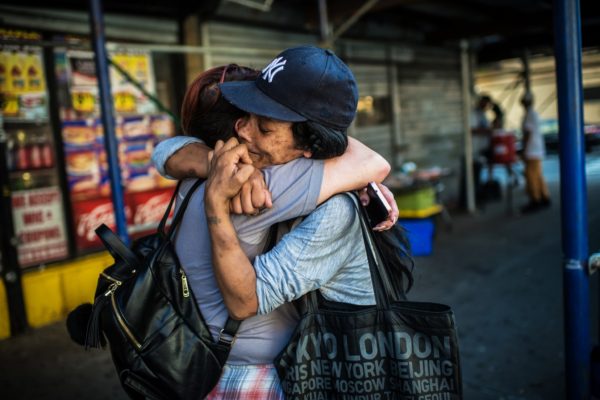
HOW PHOTOGRAPHY EXPLOITS THE VULNERABLE
For The New York Times; August 2018
Written for The New York Times
Photojournalism is built on the idea that photojournalists are witnesses to history. Part of our job is to visualize issues the general public does not have immediate access to. We have a responsibility to portray the visceral realities of an often devastating world, but we also have a responsibility to maintain the humanity of the people we photograph. And on this measure we too often fail, especially when it comes to coverage of drug abuse.
The 1980s crack epidemic produced ubiquitous pictures of poor, black drug users, living in squalor and driven by desperation. The gritty black-and-white photos portrayed urban neighborhoods as a hopeless hell.This coverage defined how society consumes drug imagery, which focuses almost exclusively on the poor and people of color, and in the single dimension of misery.
Almost four decades later, the opioid epidemic has shown that journalism still slouches toward sensationalism. It has become the most fatal drug crisis in modern American history, and much of its coverage perpetuates the class warfare that has lingered since the “war on drugs” began in the 1970s. We still see gratuitous photos of people jamming needles into their bodies. We still see photos of nameless men and women shackled by law enforcement and dead, bloated bodies carried out of filthy homes.
Drug addiction is real; it is menacing and ugly. But if we fail to maintain the humanity of the people who share their stories with us, addiction coverage turns drug users into caricatures or props. When suffering is coupled with exploitation, those who are photographed are never allowed to live outside of the pain they’re in, because those photos turn a single behavior into an identity that exists in perpetuity.
Rich people do drugs, too. But they don’t often end up on the streets or in the methadone clinics where journalists almost always go to tell the story of the opioid epidemic. This is a public health crisis that is affecting all classes of Americans, but the poor are often the only ones seen suffering.
Photojournalists will always be tempted to make graphic, evocative imagery, but we must move on to more nuanced, compassionate work about vulnerable people. We need to see more stories on harm reduction, policy reform, advocacy groups and the variety of evidence-based recovery. We need to see the ways that families and communities are fighting and responding to the devastation in their homes. We need to acknowledge the racial and class biases in drug coverage and the representational mistakes made by those in editorial power. We need to understand how language perpetuates stigma. We need to be aware that the words, photos and captions we use as journalists can be weaponized in an already volatile national conversation around drug use. Most important, we need to represent people with addiction as human beings, even if they seem unable to protect themselves when their illness is at its worst.
Some people who use drugs never see peace, and that’s a reality that journalism has to portray. But it is important we do not paint American drug use with a monolithic brush. It is difficult to make sensitive stories, and journalists cannot create redemption. But we can find where it lives and make it louder.
—
The Bronx’s Quiet, Brutal War With Opioids
Press: PDN Education Blog, Faccia da Reporter (Italian), AI-AP, Photoville 2019